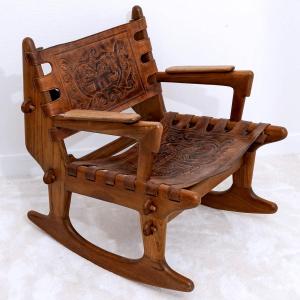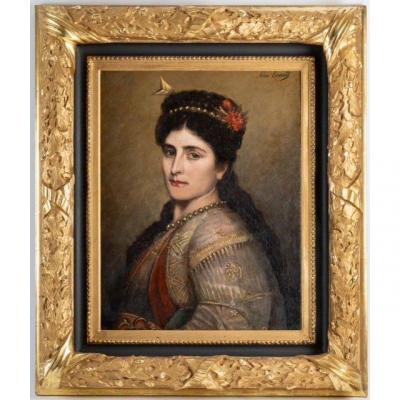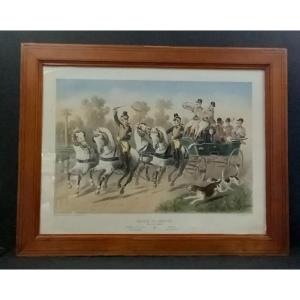Wood pulp, which made its industrial debut between 1865 and 1870, marked the advent of the great age of paper by replacing rag (linen, hemp or cotton).
Wood was grated, in the presence of water, in a large grinding wheel that transformed it into shavings. A refiner evens them out and refines the fibres.
Printer and publisher PELLEGRIN &Cie
Period: 19th Century
Circa: 1883
Dimensions: Height: 38.5cm x Width: 48cm x Depth: 2cm
The Franco-Chinese War pitted France under the Third Republic against China under the Qing dynasty between September 1881 and June 1885. It broke out because the French were trying to take control of the Red River, which linked Hanoi to Yunnan province in China.
This military episode was part of the slow takeover of China by the European powers in the second half of the 19th century. It was a major challenge for French colonial policy, which was to acquire strong positions in southern China.
Jean-Charles Pellerin (1756 - 1836) was a cartier-dominotier (playing cards and game sheets) merchant.
He became a "picture maker" and, by combining the techniques of woodcut drawing and stencil colouring with the Gutenberg press, he set up his own business and became a printer and publisher.
Over the years, the small craft business grew into a renowned and innovative image "factory". The Pellerin descendants continued the work, developing both its creation (brochures, songs, board games, constructions, albums, etc.) and its international influence.
They adapted their techniques, moving from woodcuts to lithography (drawing on stone) and colouring machines (aquatype) for larger print runs from 1850 onwards.
Imagerie reached an industrial stage: 500,000 copies of an image for the Singer sewing machine were produced! At its peak, the Imagerie d'Épinal employed more than 150 people and produced 12 to 13 million plates, with foreign-language editions exported as far afield as America and Tsarist Russia".
The arrival of radio, cinema and then television put the printing works in difficulty.








































 Le Magazine de PROANTIC
Le Magazine de PROANTIC TRÉSORS Magazine
TRÉSORS Magazine Rivista Artiquariato
Rivista Artiquariato